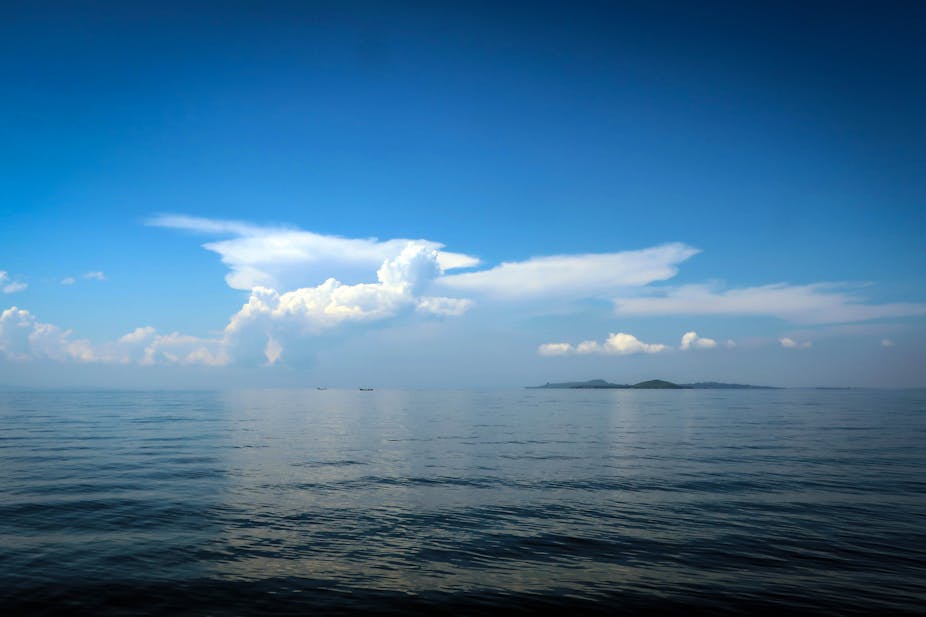Water Scarcity and Gender Disparities: The Case of Women
Following my first blog post, I want to dive into the specific issues of water availability in Africa and look at how this links to the gender disparities in water. I will focus on the link of water scarcity and water collection labour, due to that fact that water collection is often the responsibility of women and children (Graham et al., 2016).
Image of Lake Victoria (Source)
In the 21st century, there are many factors contributing to the availability of water resources. Firstly, population growth across the world has meant that the demand for water resources has increased as there are more mouths to feed. The African population has increased by an estimated 50% in the last 20 years, this creates dramatic increases in water demand especially in urban areas. On top of this, this century has seen major climatic changes occur. In Africa, climate change is having disproportionate effects on the availability of water. This means that already inconsistent precipitation events throughout the year are being amplified by the effects of climate change (Taylor, 2014). Moreover, specifically in Africa, the availability of water resources varies dramatically across space and time and also has transport limitations due to the topography across the continent. These factors mean that at the moment, Africa has the lowest proportions of national populations with access to safe water, lowest per capita rates of food production, and the most variable river discharge in the world (Taylor, 2004). In terms of development, this presents a difficult challenge but also presents the largest possibility for progress.
Firstly, defining and understanding water scarcity is key.
The definition of water scarcity has been evolving over centuries, more recently the measures use socio-economic indicators as well as physical indicators to create a holistic index. Having said this, the most common water scarcity index is the Water Stress Index (WSI) which was founded by Falkenmark in 1974 (Damkjaer and Taylor, 2017). The WSI uses solely physical indicators. It uses the number of people competing for a single flow of water, 1 million cubic metres per year, as the basis for the index. Which led to absolute water stress being quantified as less than 500 metres cubed of water per capita per year, water stress as between 500-1000 metres cubed, and water scarcity as 1000-1700 metres cubed. This index has been widely adopted, although it has been critiqued for quantifying available freshwater resources in terms of mean annual river runoff (MARR). This is problematic as it does not account for groundwater storages and does not reflect the proportion of river discharge that occurs as stormflow (Damkjaer and Taylor, 2017). In the context of Africa, the inclusion of groundwater storages is very important when looking at the availability of water resources. Some of the driest areas in Africa such as the Sahara Desert have the biggest stores of aquifers. These stores are critical water resources (Taylor, 2014). The image below shows the WSI across the African continent.
WSI Index Across Africa (Source)
The climate in Africa is determined by many different factors including a number of global patterns of atmospheric circulation. One of these patterns is the inter-tropical convergence zone (ITCZ). The ITCZ is a belt of low-pressure air which extent varies between 40-45 degrees north and south of the equator and causes intense precipitation over these areas. Typically, this creates distinct unimodal wet seasons in Africa’s tropical regions. The huge inter-annual variations of precipitation in these regions means during the dry season the availability of water to rural communities is very limited for both agriculture and domestic consumption (Taylor, 2014). The ITCZ has also been intensified by climate change as precipitation becomes more infrequent and intense. This creates difficulties trying to store water, therefore, as mentioned previously, it is thought that in the future groundwater storage will be the main source of water for many African communities as river runoff becomes more and more unpredictable.
The difficult climate coupled with a lack of development in Sub-Saharan Africa means that it is not uncommon that households still have collect water from external sources. Water collection labour has been identified to be a very gendered process in which female adults and female children are mainly responsible. In terms of the development of gender equality, there are clear links between the availability of water resources and gender disparities which will be explored in my next blog post (UNESCO, 2020).




I would encourage you to make your post stronger by including a line or two and the start to set out the key issue or argument you focus on. Good use of a range of resources - just check that all of your links work.
ReplyDelete(GEOG0036 PGTA)
When can we read more about your interesting topic?
ReplyDelete